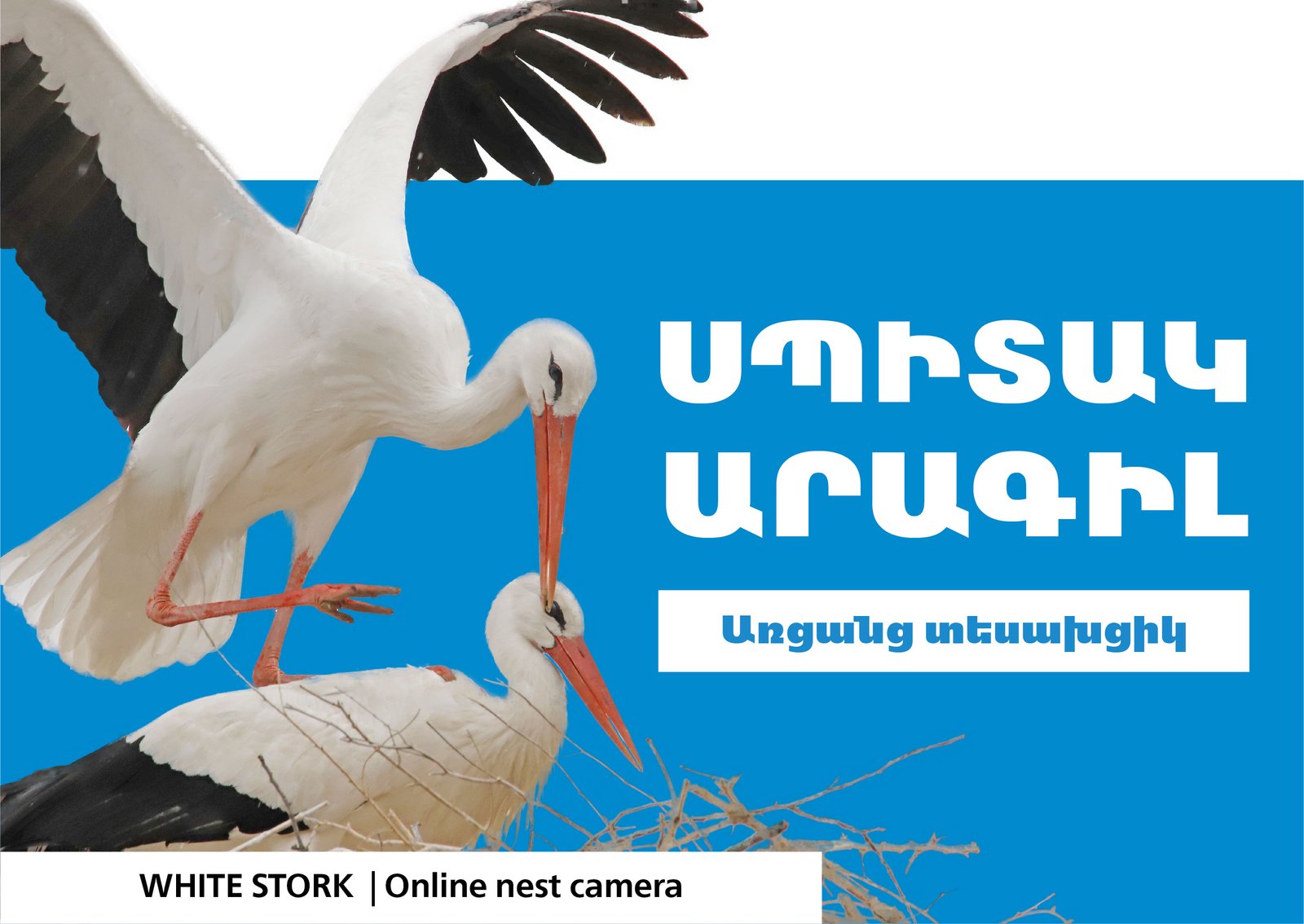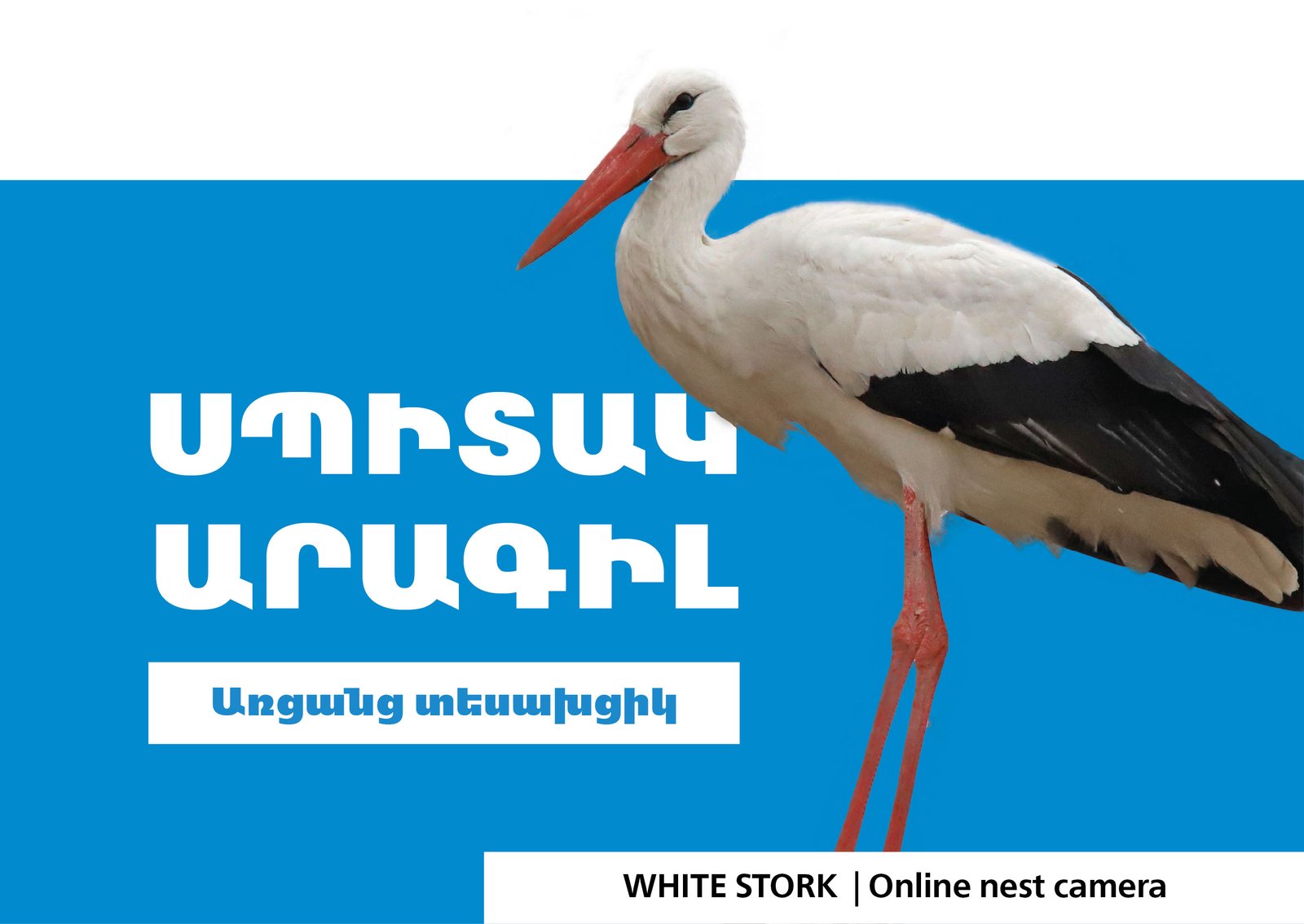
Born in 2023 in the Kamo-Ustininsky region of Tatarstan, a young Eastern imperial eagle named Saltik chooses a completely different migration path than his family, and as a result he also appears in the Armenian sky.
Saltik's father, Deuka, was also tagged by our colleagues in Tatarstan back in 2019 and successfully nested 252 km north of his birthplace, making Deuka's nest the northernmost in the Volga Region.
Deuka and his partner successfully cared for the clutch and chicks. Both birds were tagged with GPS trackers in July 2023, and their migration began on October 10 and 19, respectively. Satellite tagging allows us to study the migratory patterns of species, and it is already known that Eastern imperial eagle migrate independently of each other and may choose different migration routes. This is exactly what happened to Saltik and other members of his family. While Deuka (father) and Algama (daughter) prefer to go around the Caspian Sea from the east, Saltik chooses the Caucasus and as a result, flying over Kazbegi and Tbilisi, soon appears in the skies of Armenia. You can see his route on the attached map.
We wish it a happy migration and wintering, and hope that it will stay in Armenia for a while. We recommend to beware of power lines and poles dangerous for birds.
The Eastern imperial eagle is a very rare species in Armenia. The last nesting record was in 1995. Young birds rarely, but still, appear in the sky of Armenia during migration. The reasons for the lack of nesting should be studied and identified.
We continue to cooperate in the study and conservation of birds of prey with our partners in Tatarstan, Dagestan and Ulyanovsk.
Deuki's chicks were tagged within the framework of the project "Study and Conservation of Solar Eagles" implemented by the Non-State Nature Conservation Center "KAVKAZ" together with the Russian Bird Conservation Union and the branch of German Nature Protection Union (NABU) in the Republic of Armenia, with the support of the NABU International Foundation and the VGF Foundation.















